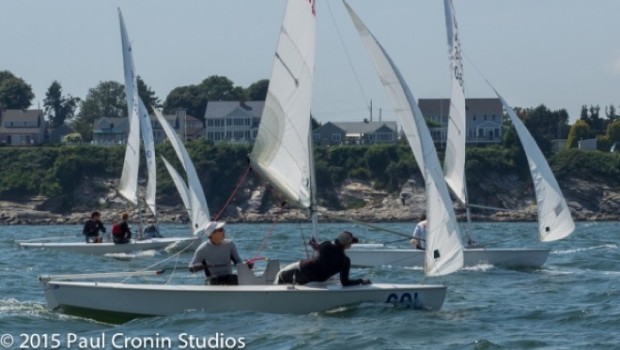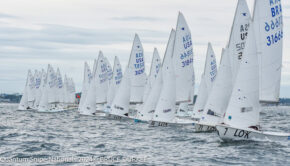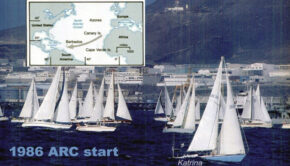Snipe Camp: Serious Practice, Serious Fun
Published on August 29th, 2015
By Carol Cronin, Snipe Today
For those of us with real jobs and lives outside of sailing, practicing always seems like the first thing to fall off our schedule when life interferes. After all, regattas are scheduled for us, so we have to go. Setting up a practice session or two is a lot of work. Why bother?
The trick is to make the practice fun too, and that’s where Snipe Camp excels.
Born in 2014 out of the weeklong gap between Women’s Nationals and the North Americans, which both took place in Boston during the dog-days of August, Snipe Camp has now had three successful sessions over two years. Though the people and focus varied, the weather (especially when Kerry O’Brien was in charge) was perfect. For New England, that makes it worth the effort all by itself.
The basic approach is to pick a weekend, gather a group of good Snipe sailors, add a coach boat/driver/coach, work out a plan each day before leaving the dock, and then go sailing. Sessions lasted anywhere from 2-4 hours. Speed lineups are mixed in with short course racing, reaching, and starting practice.
The result? When combined with the dependable breeze of Narragansett Bay, everyone went home satisfied and smiling.
After three different sessions, I’m starting to see a pattern in what makes this approach to practice so much fun. Here are some lessons learned so far:
1. Make the logistics easy. In 2014, the boat park was about a half hour from our housing. For 2015, we chose to sail out of a closer venue, which minimized the travel time and allowed us to focus on the two real goals: Serious Sailing and Serious Fun.
2. Bring a support boat. Whether you’re focusing on boat handling drills, video, speed work, or short races, having a set of eyes (or even two) outside the boat is invaluable.
3. Bring in the best coach available. Split over several teams, the cost is going to be quickly paid back in spades with the feedback received.
4. Four to six boats is the right sized group. Three works, but four gives you a better sense of your speed relative to a group (rather than relative to one or two other boats who may be having a bad day). More than six becomes too large a group to manage easily.
5. Set a schedule and stick to it. Show up ready to go, just as you would for a big regatta, and don’t expect the group to wait if you’re late.
6. Brief before sailing: What are the goals for the day, how long are we going sailing, and what drills are we going to do? Make sure everyone understands the plan, since it will be much easier to communicate standing around the boat park than from separate boats.
7. Use good sails and tune to your best settings, just as you would for a big regatta. Otherwise you will blame bad speed on bad equipment/settings, which is a waste of everyone’s time (not just yours). The faster you go, the more you help the group get faster.









 We’ll keep your information safe.
We’ll keep your information safe.